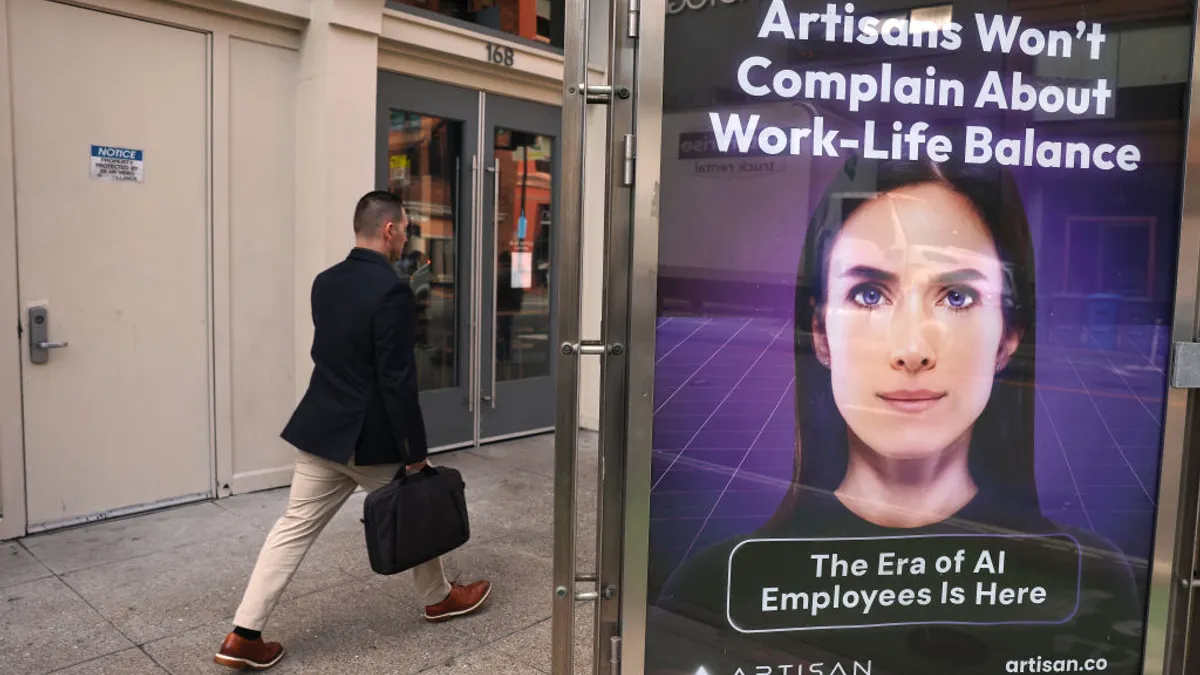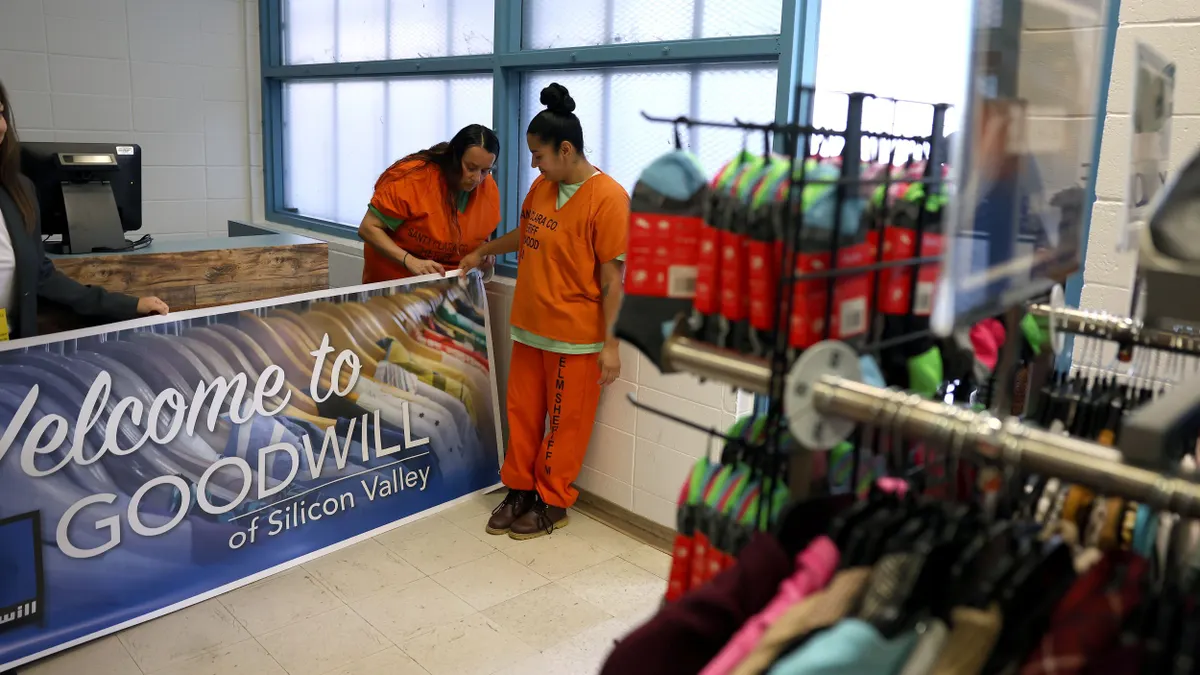The year is coming to a close and many companies are looking to be prepped and ready for 2018. HR professionals are getting files in order, organizing calendars and clearing off desktops. Now is also a great time of year to look at probably the most overlooked recruitment, hiring, evaluating and supervising tool every company has: job descriptions.
The lowly job description has never been given its due, but it is a mighty tool for every aspect of talent acquisition and management, from recruitment to retirement. An accurate job description writes the perfect job posting, sources the best candidates, lets evaluations run smoothly and reveals when an employee is ripe for promotion.
Do you review?
Job descriptions are the blueprint to employee success. Make sure they’re a priority. Keep them accurate and current for every staff member by ensuring managers and HR review at least them once a year; whenever a duty or responsibility is added, changed or removed; and whenever you’re making a new hire.
In a survey, HR professionals responded on how often they review and revise job descriptions:
- 50% do so when they need to fill a job;
- 25% do so at least once a year;
- 14% do so when someone suggests it needs updating; and
- 11% do so when they haven’t updated job descriptions in ages.
If you’re not in the 25%, it’s time to re-prioritize job descriptions.
"Language is always changing, and that means that language that worked to attract candidates last year won't be the same language that will work in 2018," Kieran Snyder, co-founder and CEO of Textio, said. "Since language patterns are always shifting, job posts should be updated as regularly as possible."
What to include
From the CEOs to seasonal employees, every job description should be broken down into a few main categories. The internet is awash with templates and suggestions employers can customize, but each should include:
Details
- Title.
- Reporting/supervising status.
- Category (i.e. full- or part-time, exempt/non-exempt, etc.).
Overview
- Include a brief summary of the job and its duties.
Duties
- Essential Functions: tasks listed by frequency and importance.
- Additional Functions, such as tasks the staff member may be called on to perform infrequently.
- Standard boilerplate functions for legal protection, including: 'executes duties and maintains standards in accordance with company policies and procedures and 'performs additional duties as needed.'
Qualifications
- Necessary degree, licensing, and experience required.
- Skills such as computer proficiency.
Signature
- Employee acknowledgement of the duties and expectations.
Keep it current by keeping it in use
Job descriptions are often written then relegated to a dusty three-ring binder on a shelf, but they are evolving documents. The best way to keep the job description current is to use it. When recruiting, review with the manager to make sure it’s accurate. When interviewing, discuss the functions of the job with the candidate. When evaluating, review the listed duties against performance. You can keep them accurate and current by using them as the strong recruitment and performance tool they were designed to be.
"Technological disruption means new skills emerge as fast as others become obsolete. Technical skills are still relevant, but the ability to be agile, to learn quickly and work collaboratively has never been more vital," Sunny Ackerman, vice president and general manager for Manpower, said. "Employers need to reflect these so called softer skills in job descriptions too."
Keep it compliant
Remember the job description describes the work being performed, not the person performing it. Nothing in your job description should outline personality traits or abilities. To maintain a discrimination-free workplace, list duties without referring to traits. For example, experts say you shouldn't write "digital native" in your job descriptions; instead, spell out the tech skills you need.
Compliance, as ever, remains a continued challenge. Are you in a jurisdiction that has enacted bans on requesting salary, criminal history or other work history? If that's the case, make sure any reference to these elements has been removed.
Keep Americans with Disabilities Act compliance in check, too. Maintaining a list of any physical requirements that are truly required for the job, for example, can prove invaluable for developing a plan if an accommodation is requested. This means including the demands of the work being performed, but avoiding terms that may be exclusionary. “Able to lift heavy boxes," for example, is not acceptable. “Able to routinely lift and carry up to 40 pounds” provides the necessary details.
Keep it inclusive
Snyder has another reminder: “One of the biggest things that many companies get wrong is a simple one to fix: they leave out an equal opportunity and inclusion statement.” It’s important to include your mission statement as well.
But more generally, according to LinkedIn’s upcoming Global Recruiting Trends 2018, over 80% of TA leaders and hiring managers predict diversity will remain one of the most important trends in the recruiting industry.
"You can make small, impactful changes to your job descriptions such as removing biased language, like 'rock star,' 'ninja,' or 'champion,' which tend to deter women and underrepresented minorities (and some men) from applying,” a LinkedIn spokesperson said.
Buy-in from managers
While HR professionals know the value of job descriptions, it’s often hard to get managers to buy in. It’s important to make pre-review a requirement before the first ad is written.
And at performance evaluation time, request the evaluator make specific references to the job description in their review. This is a good time to have employees review and sign descriptions, too.
Finally, when it’s time for promotion, request that the descriptions be used to support the recommendation. When managers get into the habit of using this valuable tool, they’ll appreciate how much easier it makes their job, as well as how it benefits employees.
What do your job descriptions say about your company?
LinkedIn’s 2016 Talent Trends survey revealed 63% of job switchers accepted their new job because it offered a stronger career path. Another 66% say they most want to know about a company’s culture and values.
Inspiring job descriptions include information about corporate culture, mission and vision. They outline a plan for the future that includes every staff member, tying each employee’s duties to the core values the company strives to uphold. Including your mission and guiding principles in each job description not only underscores your values — it emphasizes that each member of the team contributes to achievement.




















